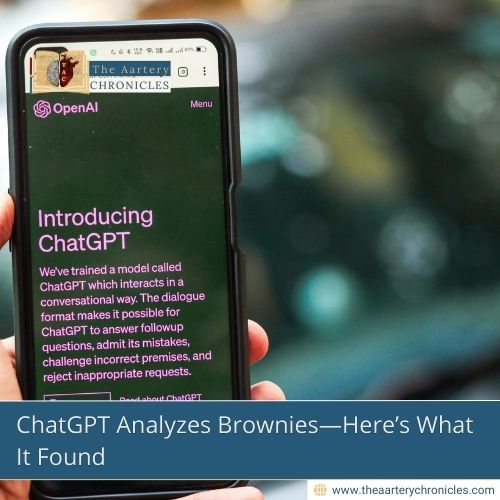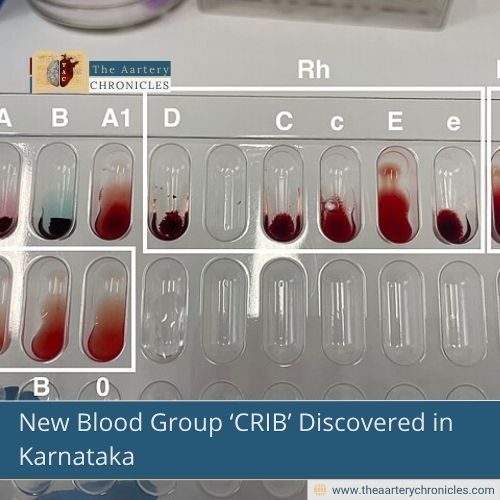

ChatGPT Analyzes Brownies—Here’s What It Found
Artificial intelligence is making its way into the food industry, particularly in sensory evaluation. A recent study by researchers at the University of Illinois Urbana-Champaign explored how AI, specifically ChatGPT, can help assess the taste, texture, and appeal of brownies. The findings suggest that AI could streamline product development and enhance recipes.
How the Study Was Conducted
Assistant professor Damir Torrico led the study, testing 15 different brownie recipes. These recipes ranged from traditional ingredient combinations to more experimental ones, including mealworm powder and fish oil. Instead of using human testers, Torrico fed the recipes into ChatGPT and asked the AI to describe the sensory characteristics of each brownie.
The AI-generated descriptions were then analyzed to determine whether they were positive, negative, or neutral. This method allowed researchers to evaluate multiple product prototypes efficiently, without relying on time-consuming human sensory panels.
Why AI is Useful for Sensory Evaluation
Human taste tests can be slow and require careful coordination. In some cases, experimental ingredients may not be safe for human consumption, making AI a valuable alternative for preliminary testing. According to Torrico, AI can offer insights into which products are worth further testing and which ones should be reconsidered.
AI's Positive Bias and "Hedonic Asymmetry"
One interesting finding was that ChatGPT’s responses were mostly positive, even for recipes with unusual ingredients. This relates to a psychological phenomenon known as “hedonic asymmetry.”
Hedonic asymmetry refers to the tendency of both humans and AI to describe beneficial things in a positive way. Since food provides energy and nourishment, humans naturally respond to it favorably. In an attempt to mimic human behavior, ChatGPT exhibited the same bias, focusing on the positive aspects of each brownie.
Conclusion
Looking ahead, Torrico aims to refine the experiment by training AI to use a vocabulary similar to human sensory panels. This could make AI assessments more accurate and valuable for food developers.
By incorporating AI into sensory evaluation, food companies can save time, test multiple prototypes quickly, and make more informed decisions about product development. AI could soon become a key tool in creating better-tasting, innovative food products.
Source: Inputs from various media Sources

Priya Bairagi
Reviewed by Dr Aarti Nehra (MBBS, MMST)
I’m a pharmacist with a strong background in health sciences. I hold a BSc from Delhi University and a pharmacy degree from PDM University. I write articles and daily health news while interviewing doctors to bring you the latest insights. In my free time, you’ll find me at the gym or lost in a sci-fi novel.








